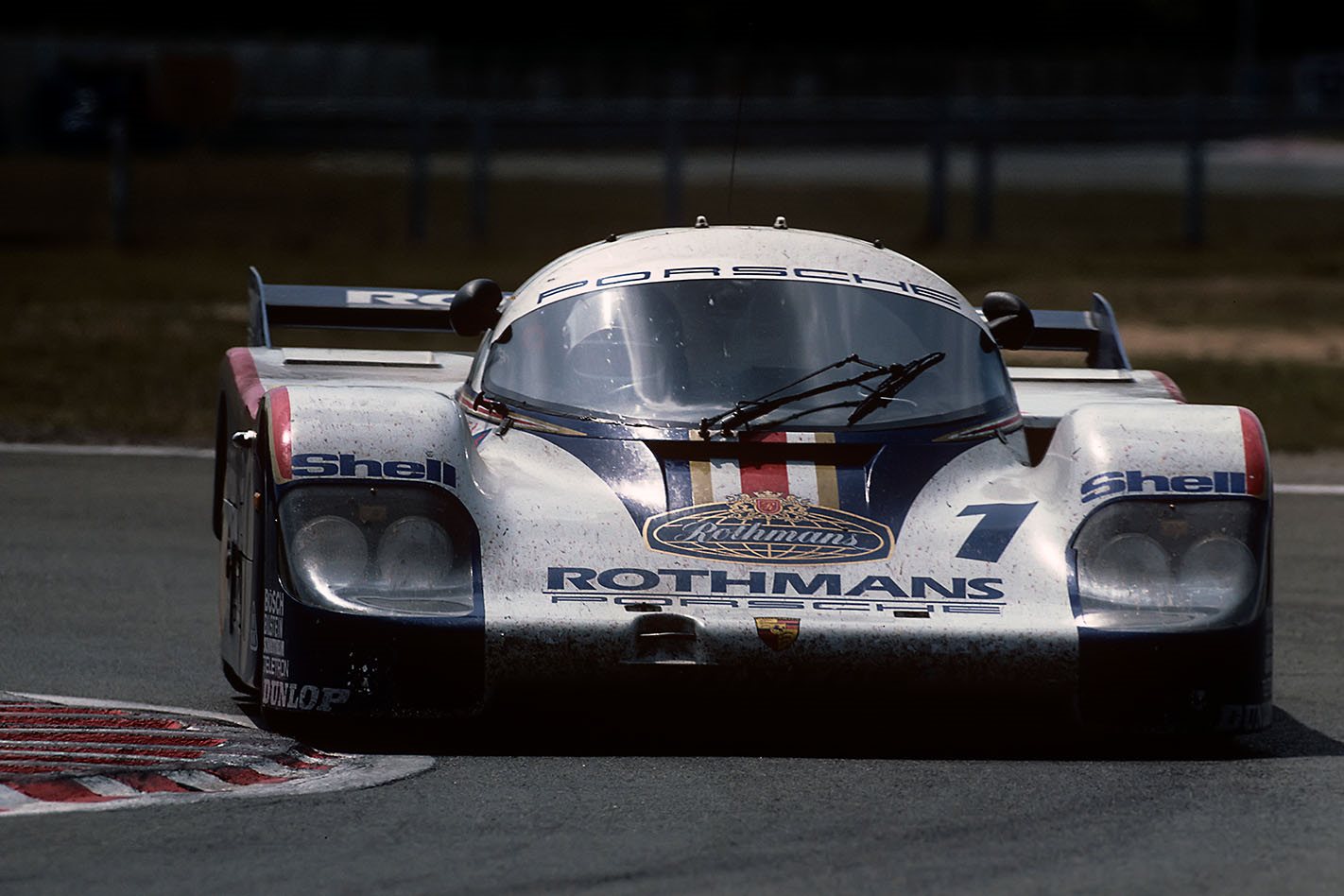More than a few icons and legends have been born in the running of Le Mans. Here’s our list of the greatest.
This story was first published in 2021.
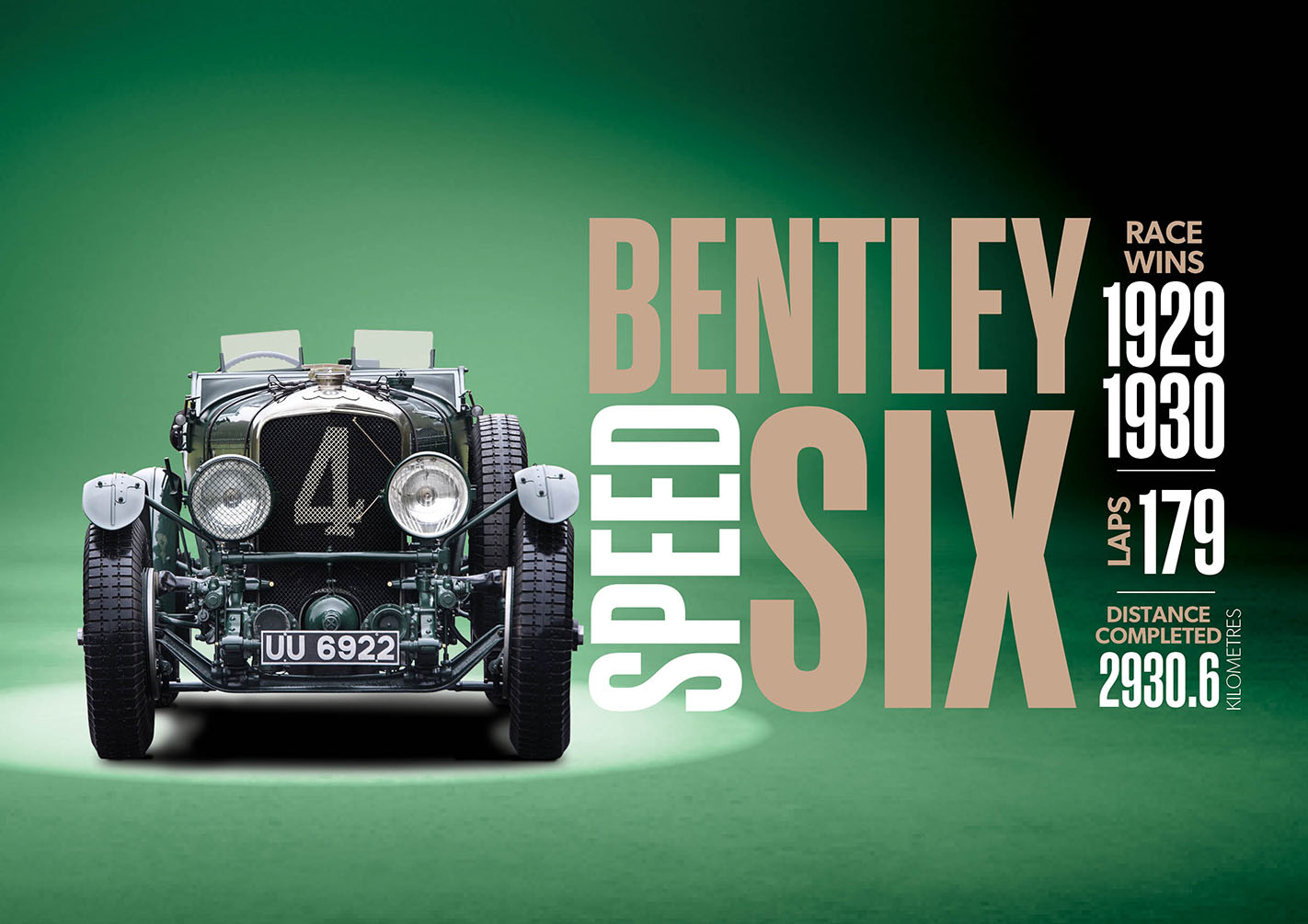
BENTLEY SPEED SIX
In the nearly 100 years since, there hasn’t been a group of racers quite like the Bentley Boys.
A collective of gentlemen racers, they won the 24 Hours of Le Mans five times between 1924-30. Their success came off the back of Bentley’s impressive late-‘20s motor cars, which culminated in victories in ’29 and ’30 with the Speed Six.
The Speed Sixes driven by the factory-backed Bentley Boys differed slightly to those sold to the public, with a ‘shortened’ wheelbase of 3353mm, with an extra 20kW (for a maximum of 150kW at 3500rpm) squeezed from the 6.5-litre straight-six due to an increased compression ratio.
On debut, the Speed Six crushed the opposition, running largely unopposed. By dawn on Sunday half the field had retired, allowing Bentley to stage a formation finish. Legend has it the victorious Bentley Boys then retired to a nearby estate, turned the driveway into a makeshift race track, and proceeded to drink the night away. A year later Speed Sixes again scored a formation one-two finish with both cars more than 10 laps clear of the competition.
Unfortunately, the champagne soon ran dry. The Great Depression saw Bentley sold to Rolls-Royce in 1931, but the Bentley Boys’ legacy is forever etched in Le Mans folklore.

FERRARI 166MM
There’s an argument to be made that the 166 MM is the most important car in Ferrari’s racing history.
Others might be more iconic, and the F1 cars have enjoyed higher-profile success, but without the 166 MM Ferrari wouldn’t be the company it is today.
At the 166 MM’s reveal in 1948, the Maranello race team was strapped for cash and still reeling from its factories being bombed during WWII. Just 25 were to be built, with two privately entered into the 24 Hours of Le Mans in 1949 with the blessing of Enzo Ferrari.
Chassis 0008M was driven by hot shoe Luigi Chinetti and car owner Lord Selsdon.
Modifications specific to this chassis include an oil reserve tank on the passenger-side floor, so the team wouldn’t need to open the bonnet during pit stops.
With Chinetti at the helm for all but 72 minutes of the race, the 166 MM overcame a slipping clutch to claim a victory that would lay the base for Ferrari’s transformation into a motorsport powerhouse.
It was also the first V12-powered car to win Le Mans outright, and its 2.0-litre capacity made it the smallest engine to claim victory until the Porsche 919 in 2015.
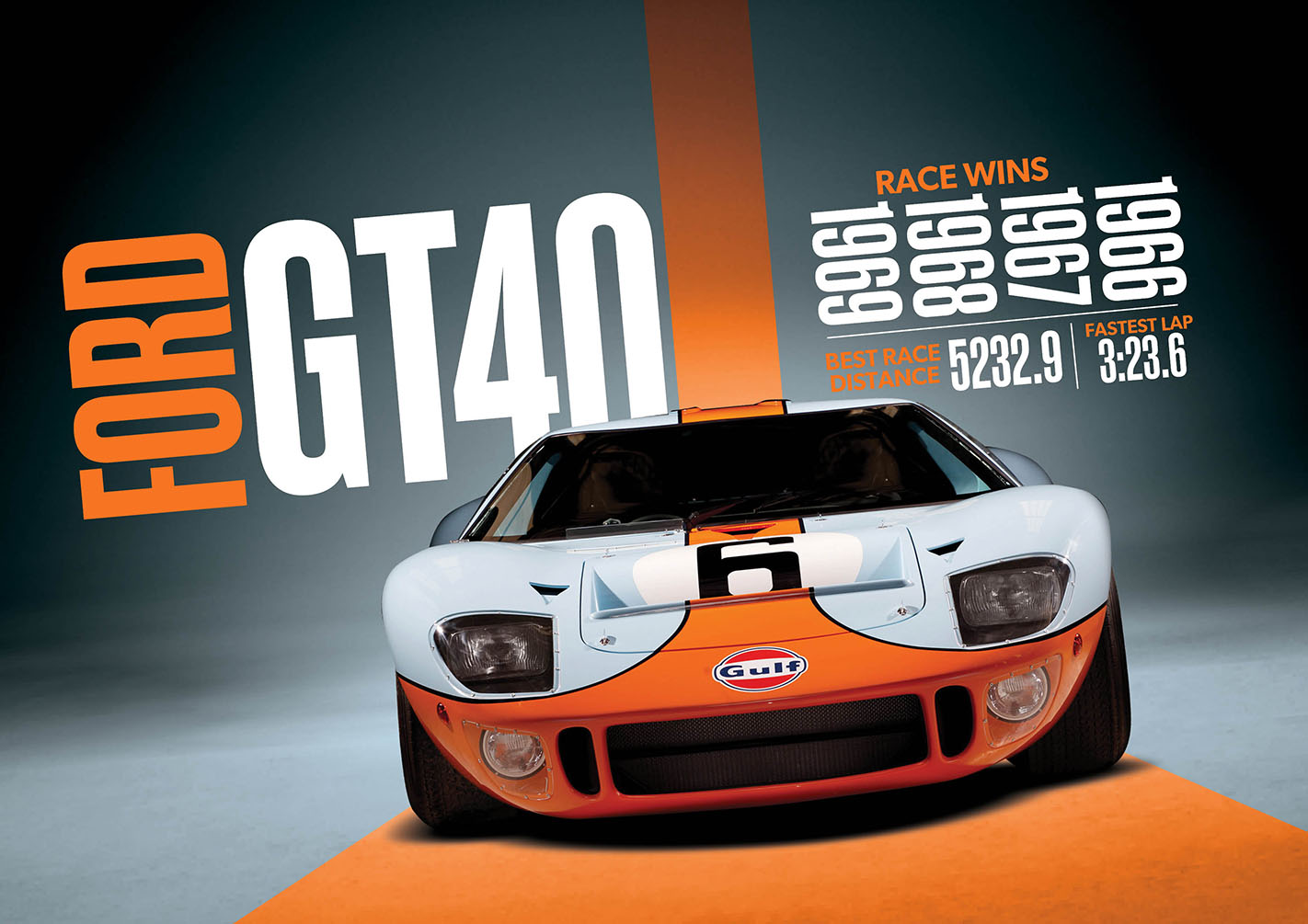
FORD GT40
The history of the Ford GT40 and its reason for even making the grid at Le Mans are well documented.
It was a gratuitous display of force by an American company that was sick of being the laughing stock of those dang snobby Europeans. Right?
Well, not quite. The thing is, the GT40 was as British as it was American. While all GT40s had Ford power, the Mk I, II, and III variants were all designed and built in England.
Based on the Lola Mk6, the GT40 was designed and assembled in Slough, not Detroit. Yes, the funding was all Greenback, and the engine was as American as they come – a stonking great 7.0-litre naturally aspirated V8 – but the engineering team was more tea and scones than bourbon and prime rib.
Another aspect often overlooked is the fact that the GT40 was built using ground-breaking technology.
While its design ethos was brutally simple, the GT40’s British development was incredibly high-tech, and included engine dynamometers that ran motors through non-stop simulations which, at the time, was something straight out of science fiction.
The first truly American GT40 was the Mk IV, of which only six were ever built. Claiming victory in 1967, the Mk IV became the first and only all-American victory at Le Mans, with the drivers, team, chassis, engine and tyres all crossing the Atlantic to compete.
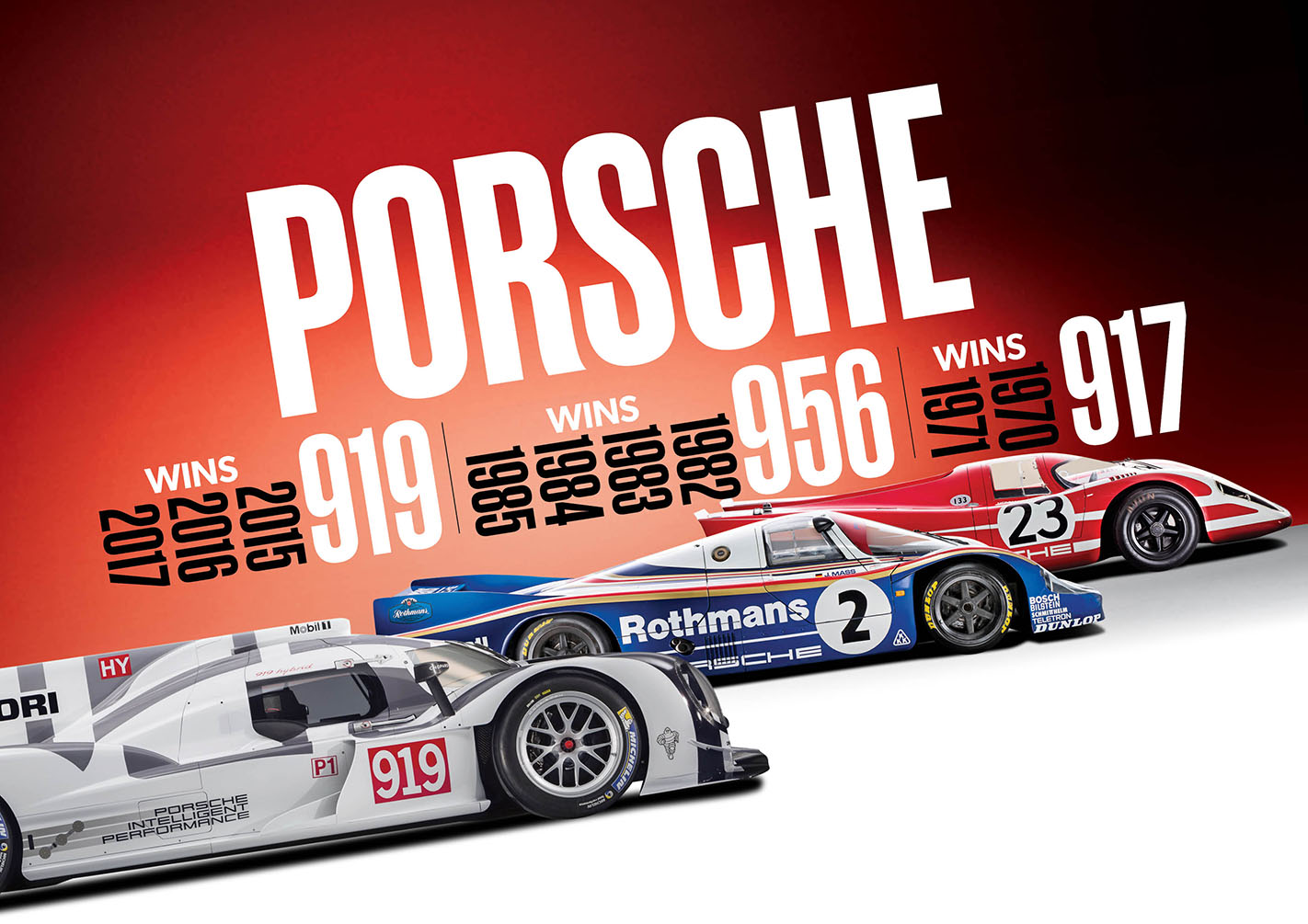
PORSCHE 917/956/919
Half a century ago, a diminutive red and white Porsche 917 claimed victory at the 24 Hours of Le Mans and changed the history of the race forever.
It began a dynasty of success that stands to this day; its progeny being some of the greatest racing cars in motorsport history.
Technically, the Audi R8 holds the official record for most victories by a single car at Le Mans with five wins (six if you include the Bentley Speed 8 which used the same chassis and engine).
However, a broader reading of the rules suggests the Porsche 956 is the greatest vehicle to ever tackle the La Sarthe circuit. It won four times in its own right, before evolving into the 962 (effectively the 956 with a longer wheelbase), to win another two times.
The same fundamental design would win a seventh time in ’94 more than a decade after it debuted by transforming from race car, to road car and back to racer again as the Dauer 962.
Porsche returned in 2014 with the 919 and its hybrid V4 powertrain. Three crushing victories and the departure of Audi was enough for the boardroom to be comfortable their outright victory tally was safe once again and they left at the end of 2017.
Rumours of Porsche’s imminent return to Le Mans persist to this day. Long may they reign.
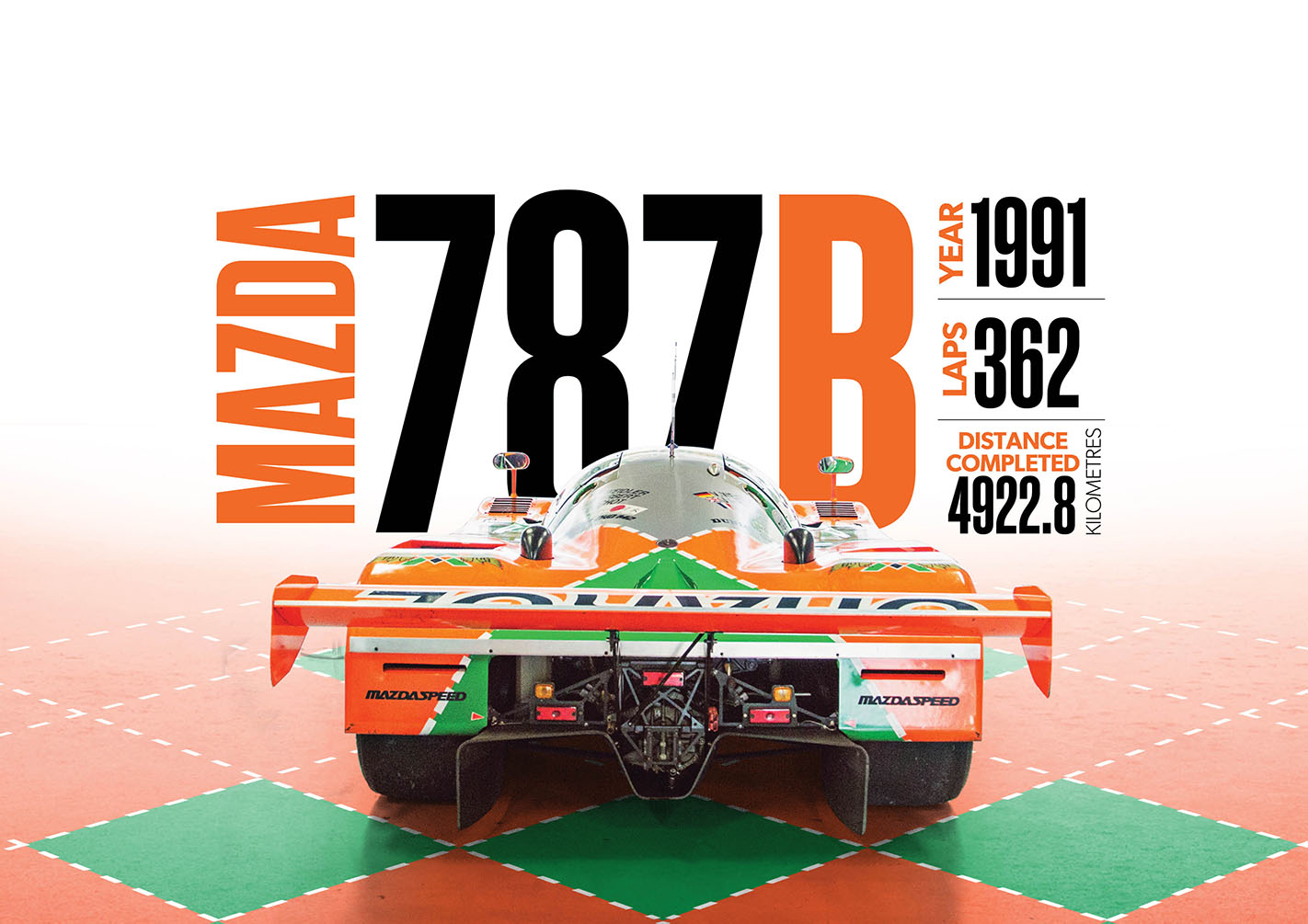
MAZDA 787B
This is going to be a hard pill to swallow for fans of the Japanese icon, but the Mazda 787 was slow.
In its 23-race history, the 787B only won once, never scored another podium, and never qualified on the front row of the grid. It just so happens that sole victory took place at the ’91 24 Hours of Le Mans, making the 787B the first Japanese car to win the endurance classic.
Powering the Group C racer was a four-rotor R26B engine, which Mazda claimed could reach 11,000rpm and produce 671kW. If that doesn’t sound very conducive to reliability, that’s because it wasn’t. Run at its full potential, the 787B would have detonated its engine just a quarter of the way into the race. In race trim the redline was set in the region of 9000rpm and power outputs capped at 521kW. And no, it wasn’t so good that rotary engines were banned.
Competing against the Sauber-run Mercedes-Benz C11s and Jaguar XJ-12s (prepped by TWR), the Mazda 787 was severely outgunned. Mazda’s runners started 19th, 23rd, and 30th on the grid.
For 22 of the race’s 24 hours, it looked like Mazda had no chance at victory, and was well off the pace. However, as competitors either fell off the road or were plagued by mechanical issues, the Japanese cars plodded along, maintaining a consistent speed.
At the end of the race, the #55 had a two-lap lead, and victory was secured.
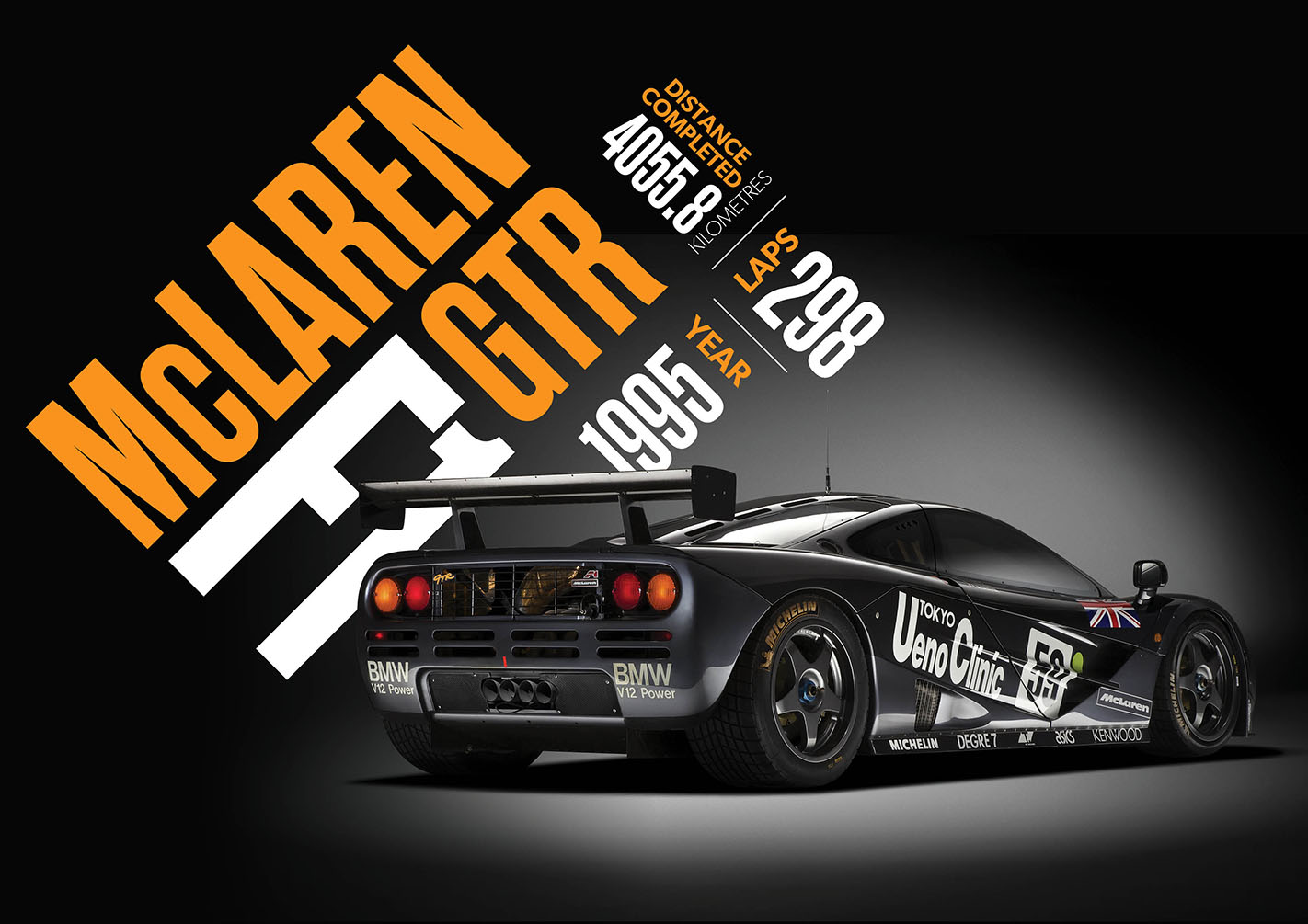
McLAREN F1 GTR
The McLaren F1 pulled off one of the most implausible feats in racing – winning a rain soaked 1995 24 hours of Le Mans outright as a GT car competing against full-blown prototypes.
Originally six F1 GTRs were slated to take part in the ’95 race. Then one Motokazu Sayama made a phone call to Woking. A die-hard McLaren fan and owner of the Ueno Clinic in Japan (a plastic surgery firm with an, ah, phallic specialisation), Mr Sayama wanted to sponsor an F1 GTR at Le Mans.
With none of the cars already entered having room for his logo, Mr Sayama told McLaren he was willing to pay to have a seventh GTR built.
McLaren wasn’t going to say no to a big cheque, but all that was left was the test mule, chassis #01R.
Preparations to get #01R ready for competition began just six weeks before the race started, with McLaren completing the task on a single condition. If the car, in unlikely circumstances, won the 1995 race, McLaren would retain possession of the chassis. If it didn’t, Sayama-san could buy it outright. Deal done.
History tells us that #01R held on to win the saturated race, and McLaren has kept the chassis in running order ever since.
To make up for not selling him the winning GTR, McLaren sold Sayama a heavily-discounted road-going F1 in a special two-tone paint job to match #01R. Not a bad deal if you ask us.
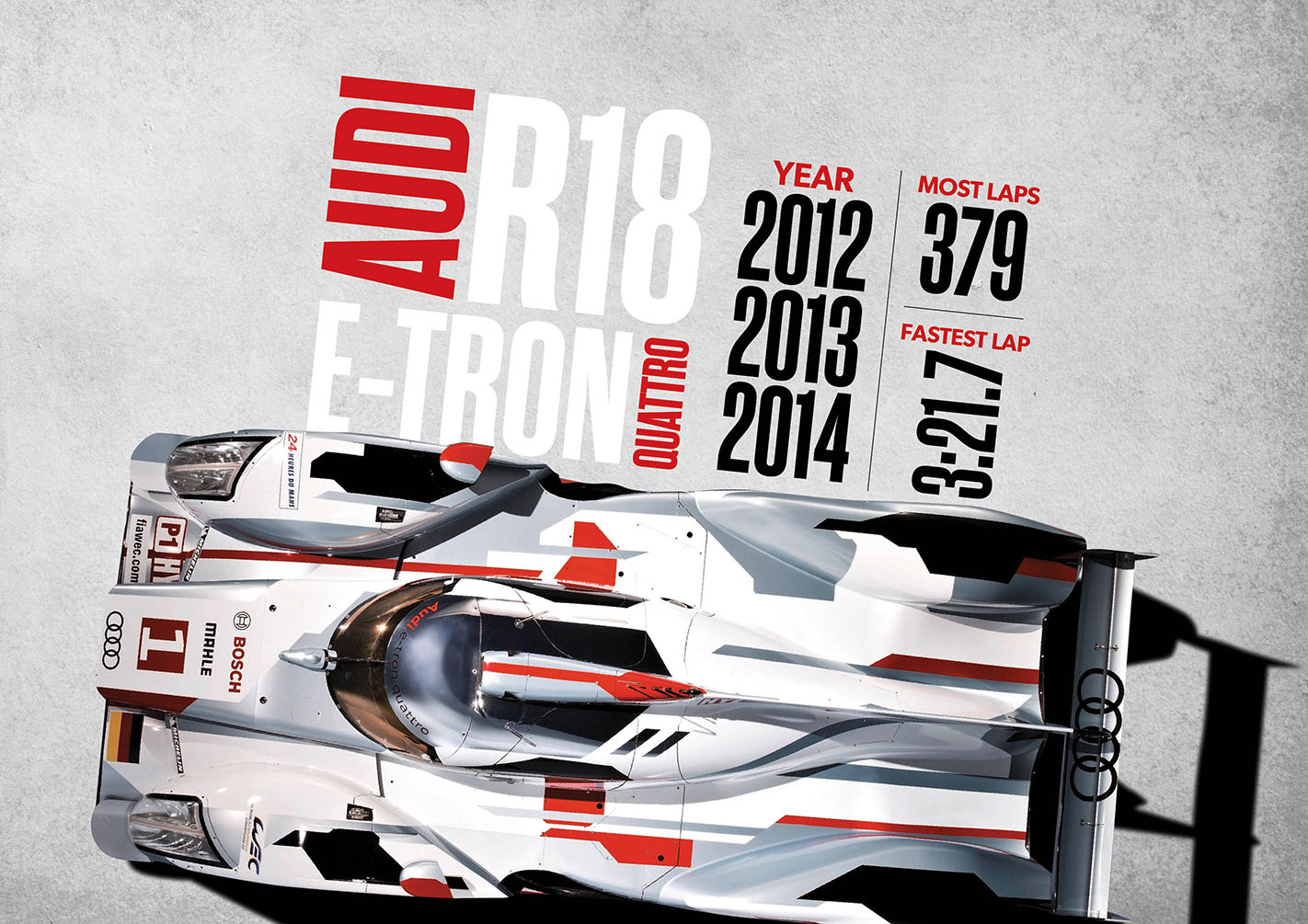
AUDI R18 E-TRON QUATTRO
You can’t have a celebration of Le Mans racing cars without including Audi.
While it hasn’t competed at La Sarthe in almost five years now, the race’s modern era has been defined by the German giant’s domination – winning 13 times in 15 years between 2000 and 2014. Rounding out that success was the R18.
There have been five iterations of the R18 between its debut in 2011 and its final race in ’16, winning the great endurance race four times. Initially powered solely by a 3.7-litre single-turbo diesel V6, the 2011-spec R18 produced a relatively humble 397kW.
Not as efficient as its Peugeot rival, the R18 would have to win the race on sheer speed. Three cars were entered for Le Mans that year, and while two failed to finish, the remaining Audi crossed the line first, with a margin of victory of just 13.8 seconds after 24 hours of non-stop near-qualifying pace.
In 2012, hybrid technology was introduced for the first time in Le Mans history, and again the R18 was successful, this time in its e-tron specification.
Electric power was harnessed at seven regenerative braking points around the track, and stored in a 140kWh battery pack.
This made the R18 not only the first hybrid Le Mans winner, but the first with two different styles of powertrain. Victories would follow again in ’13 and ’14, the latter being Audi’s last at Le Mans.
While the R18 would go through two further revisions, getting ever faster and more efficient, it was unable to match the newer Porsche 919 and 15 years of Le Mans dominance came to an end.


